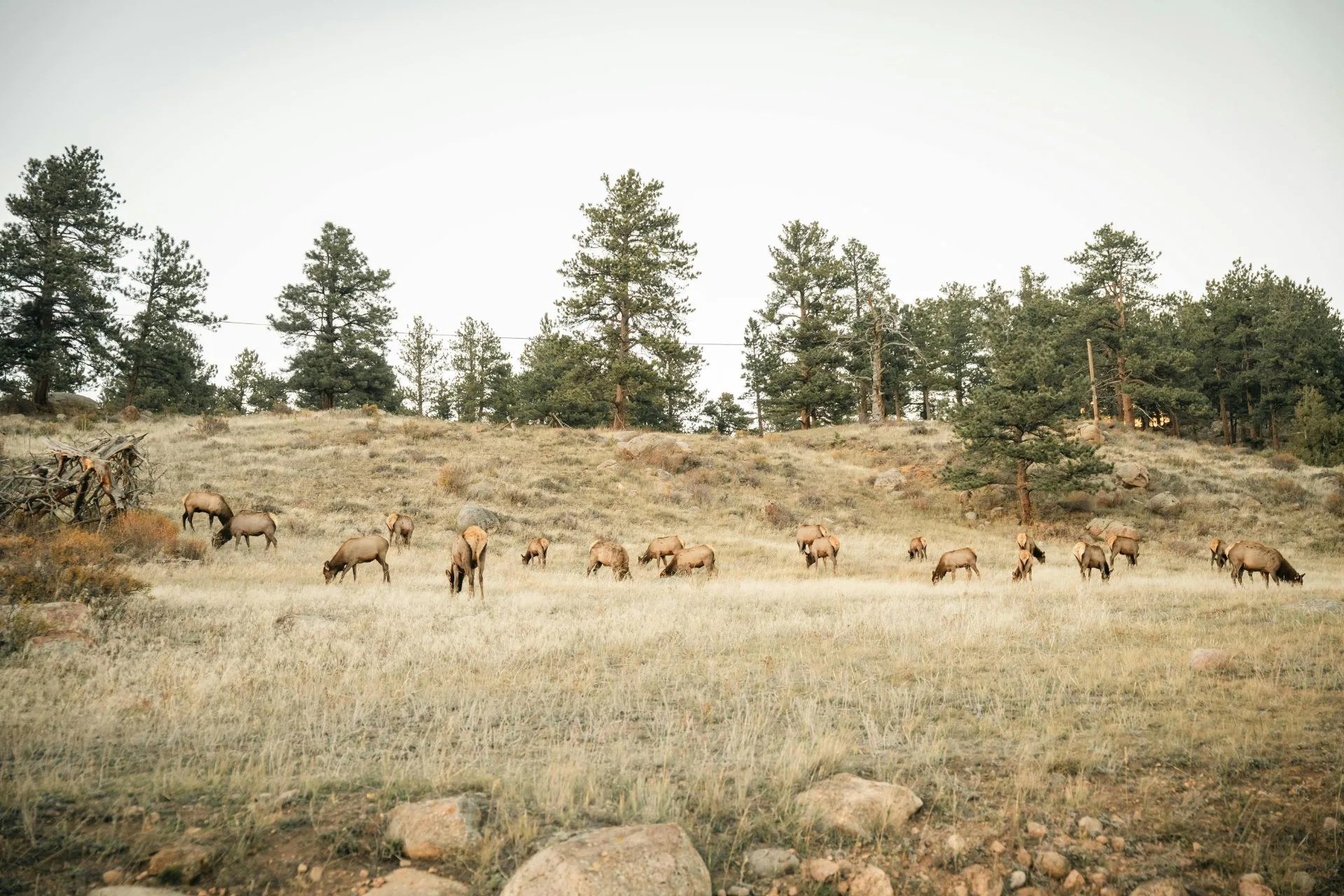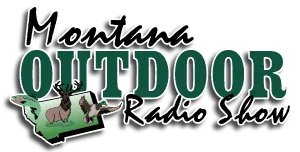BRETT FRENCH | bfrench@billingsgazette.com
The large bull elk stared at us from about 70 yards.
Nearby, four other smaller bulls shifted nervously, concerned about our closeness.
They were all standing on public land, having just jumped a fence from private property. (Usually we see elk on private land unwilling to cross onto public acreage where they might be killed.) Yet neither my nephew nor I could fire a shot since we didn’t have bull elk tags.
Under the regulations where we were hunting, with a general elk tag we could only shoot a cow elk or a young bull, called a spike. Although we tried to find a spike in the bunch of five, all had branched antlers, meaning they were off limits.

Where the elk are
Such is the hard luck of elk hunters. A week earlier in a different hunting district my nephew stumbled upon a cow elk where only bulls could be shot by those with the general elk tag he’s still carrying.
Despite our inability to put meat in the freezer, it was gratifying to see the animals and to know they sometimes populate public lands. Given the size of Montana, more than 145,300 square miles, or about 93 million acres, it’s surprising that a hunter ever bumps into big game.
So it was interesting to find out that in 2024, almost half of all successful elk hunters shot their animal on public land. From western Montana’s mountains and forests to Eastern Montana’s vast prairies and badlands more than 46,800 square miles, or 30 million acres, is publicly owned.
Of this amount, more than 1.95 million acres — 3,000 square miles — are inaccessible to the roughly 115,000 elk hunters who buy a hunting license each year.
“Overall, there is disproportionately higher harvest on public land (i.e., a higher percentage of elk harvest is on public land than predicted by the proportion of public land versus private land),” noted Justin Gude, Montana Fish, Wildlife & Parks chief of Research and Technical Services.
“For example, in 2024, statewide about 46% of the elk harvest was on public land, whereas about 30% of the state is public land,” he added. “This is of course affected by elk distribution and many other factors … but hunter access to public land is just easier for most people.”
Stats began in 2013
Gude supplied the data noting the agency has been tracking the trend of where hunters shoot their elk since 2013.
In addition to the elk harvest, the spreadsheet breaks out residents’ versus nonresidents’ success, the percentage of elk taken on Block Management Program lands, whether the hunter was on a family or friend’s private land, how many used an outfitter and the percentage of hunters who paid an access fee.
For example, in 2013 more than 20,100 elk were killed by about 16,200 resident and 3,900 nonresident hunters. About 1,300 more bulls than cows were shot that year with 52.6% of successful residents killing an elk on public land and 9.5% shot on a Block Management Area.
Block Management is a program where FWP reimburses landowners for impacts caused by allowing public hunters access to private lands. This year, about 1,200 landowners will provide hunters access to roughly 6.8 million acres of private land.
In other trends tracked by FWP in 2013, nonresident elk hunters hired outfitters more often, 28.7% compared to 1.4% of Montanans, and 6.3% of residents paid an access fee.
A comparison with 2024
Zoom 11 years into the future and the 2024 survey results show a harvest of more than 28,100 elk — an increase of 8,000 more animals killed compared to 2013. More cows (14,425) were killed than bulls (13,213) with about 47% of successful Montana hunters using public land while 7.9% were successful on Block Management.
An interesting aside from these numbers is that nonresidents increased their elk harvest by 61% in those 11 years compared to a 35% increase for residents.
Over the last two years, FWP has also broken out the public lands where elk hunters are successful. On national forest lands 26.5% of successful residents filled their tag while 20.6% used other public lands, which would include Bureau of Land Management and state school trust lands.
Gude said an obvious pattern is that hunting districts with more private land, such as much of Eastern Montana, tend to see higher success on private lands simply because there’s more of it.

Less access in Region 5
Surprising to me was that more nonresidents use an outfitter in south-central Montana’s Region 5, headquartered in Billings, than in FWP’s six other management areas.
“I don’t specifically know why that pattern exists or whether it is driven by specific locations,” Gude said. “But FWP Region 5 does have the highest percentage of private land of the FWP regions.”
He noted that back in 2018, when FWP was working on evaluations of late and early elk hunts – called shoulder seasons — only 23% of Region 5 was public land or in an FWP access program. That was lower than Region 7, southeast Montana, at 24% and Region 6, northeast Montana, at 31%.
Of course, those numbers change every season as landowners enrolled in FWP access programs drop out or sign up. But it’s surprising to see that in comparison 77% of northwestern Montana’s Region 1 is accessible to hunters. The average, across all of the regions, is 38%.
Another interesting data point is that almost one-third of successful resident elk hunters shot their elk on land owned by a family member or friend in 2024. That compares to 18% of nonresidents.
No matter where you hunt elk, or what tag you bought or drew in the lottery, success often comes down to being in the right place at the right time while holding the proper license.
As I was hiking in to hunt the day after we spotted the five bulls, I stopped to chat with another hunter who had just scoured the parcel from bottom to top. He had a bull tag and never saw an elk.



